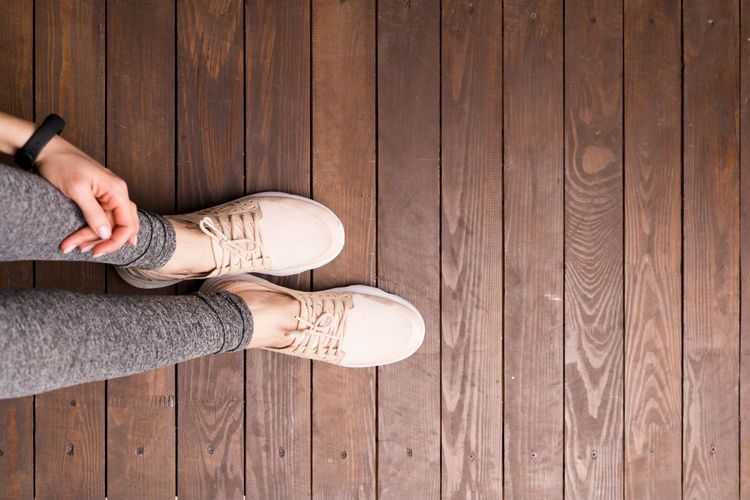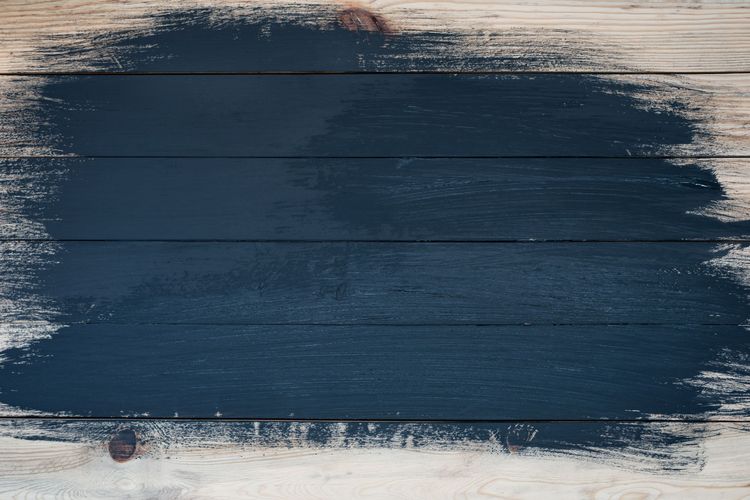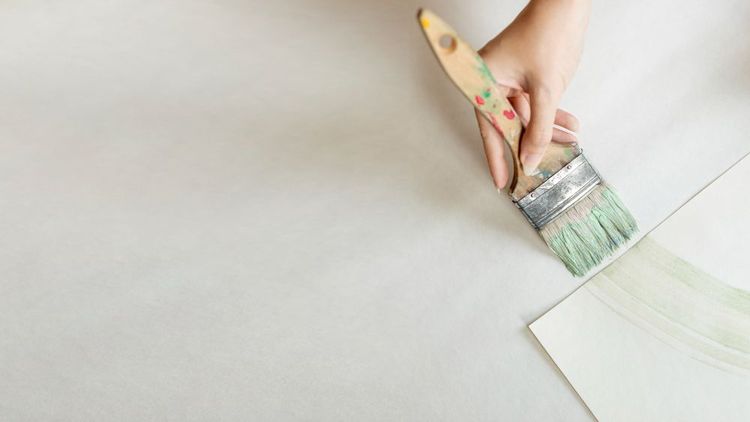Can Scratches Be Removed from a Wooden Floor and How?
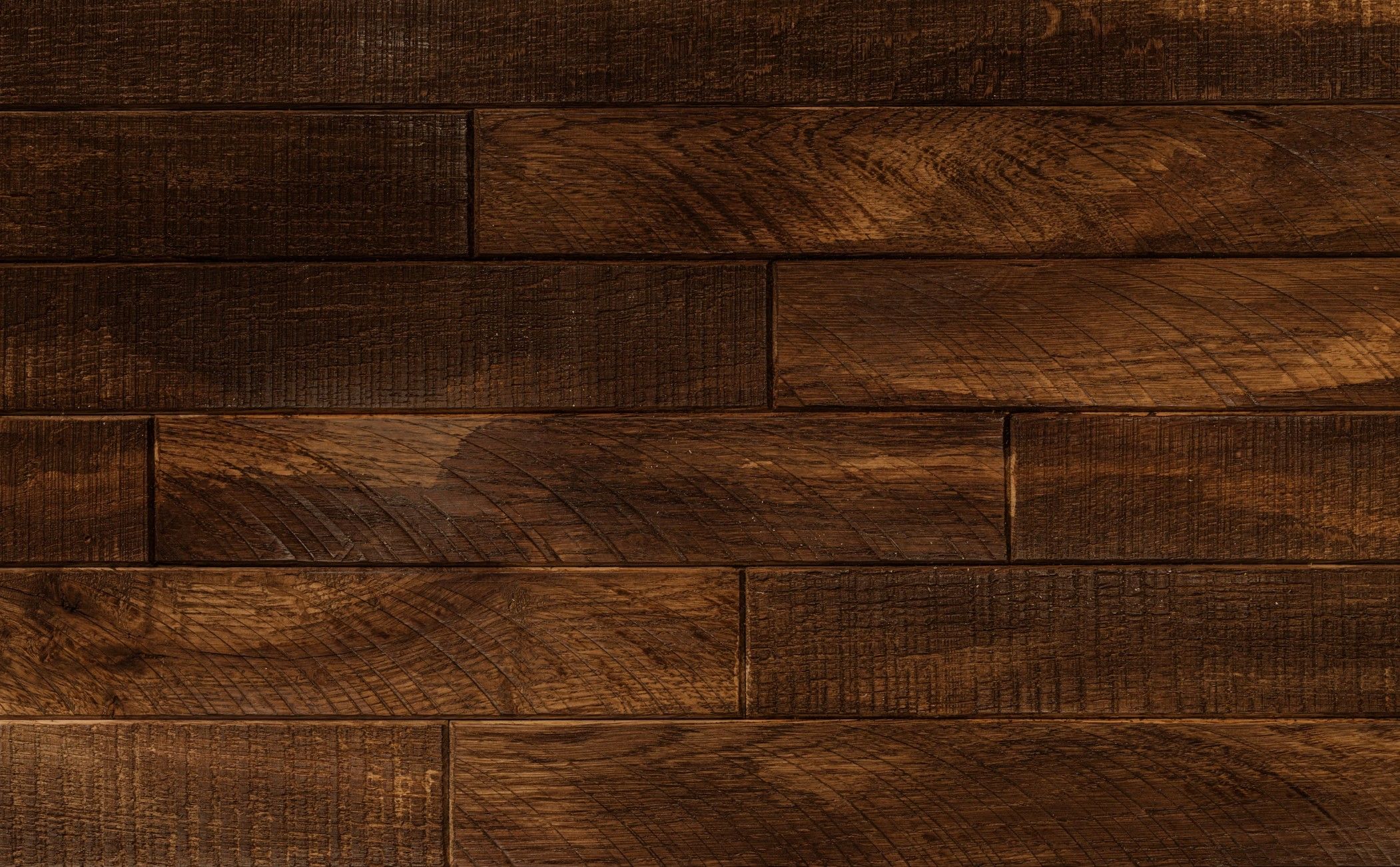
Wooden floors add timeless beauty to any home, but scratches can diminish their appearance over time. The good news is that most scratches can be effectively treated depending on their depth and the type of wood floor you have. This guide will help you identify different types of scratches and choose the best methods for removing or minimizing them.
Understanding Scratch Types and Severity
Scratches on wooden floors vary significantly in their depth and severity. The most superficial type only affects the protective finish layer, leaving the actual wood untouched beneath. These are the easiest to repair. More problematic are medium-depth scratches that penetrate through the finish and into the wood surface itself. The most challenging cases involve deep scratches that reach into the wood fibers, often requiring more extensive repair work.

Methods for Removing Minor Scratches
For light surface scratches that haven't penetrated the wood, several effective solutions exist. Often what appears to be a scratch is actually just a surface mark that can be addressed through thorough cleaning with a specialized wood floor cleaner followed by careful buffing using a microfiber cloth. An interesting natural remedy involves using a raw walnut (with shell removed) rubbed vigorously over the scratch - the natural oils can temporarily mask light scratches. Another household solution combines equal parts olive oil and white vinegar, which when applied with a soft cloth and properly buffed can effectively minimize very fine scratches.
Repairing Medium-Depth Scratches
When scratches have penetrated through the finish but not deeply into the wood itself, more involved repair methods become necessary. Specialized wood floor markers available in various wood tones can effectively fill in scratches while coloring them to match your existing floor. Wax sticks offer another solution - when melted into scratches they provide both filling and coloring, and can be smoothed with a plastic scraper after application. For areas with multiple scratches, light sanding with 220-grit sandpaper followed by application of matching finish often yields the best results.
Fixing Deep Scratches and Gouges
Deep scratches that penetrate well into the wood require more intensive repair approaches. The wood filler method begins with thorough cleaning of the scratch, followed by careful application of matching wood filler using a putty knife. After allowing complete drying time, the area should be sanded smooth with fine-grit paper before applying matching finish. For particularly extensive or deep damage, professional repair becomes advisable. Flooring specialists can replace individual boards when necessary, perform expert color matching, and execute seamless repairs that maintain the floor's overall appearance.
Preventing Future Scratches
After completing repairs, implementing preventive measures helps maintain your floor's appearance. Felt pads under all furniture legs significantly reduce scratching from movement. Placing doormats at all entrances traps abrasive particles before they reach your floors. For pet owners, keeping nails trimmed minimizes potential damage. Establishing a no-shoes policy indoors and using area rugs in high-traffic zones provide additional protection against wear.
When to Consider Complete Refinishing
In cases where scratches cover more than 25% of the floor or multiple deep scratches concentrate in the same area, complete refinishing often proves more practical than spot repairs. Other indicators include worn finish that no longer adequately protects the wood and noticeable discoloration around scratched areas. Refinishing provides a uniform new surface rather than attempting to blend numerous individual repairs.
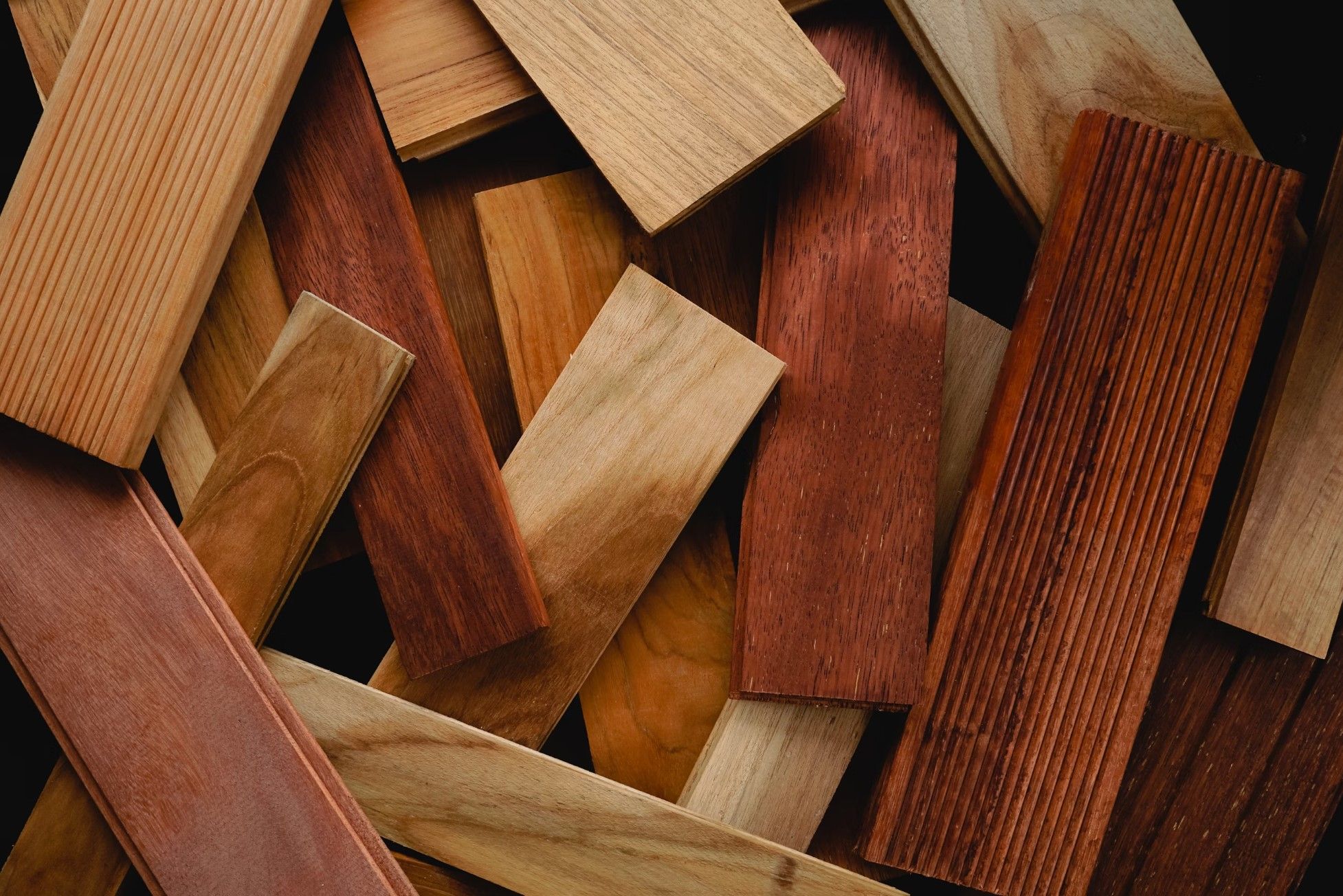
Special Considerations for Different Floor Types
Engineered wood floors require extra caution during sanding due to their relatively thin top layer. Dark-stained floors show scratches more prominently and often benefit from professional color matching during repairs. High-gloss finishes make scratches particularly visible and demand careful blending during repair work to maintain the floor's uniform appearance.
Maintenance After Repair
Proper maintenance preserves repaired floors. Regular cleaning with products specifically formulated for wood floors prevents new damage. Periodic reapplication of protective coatings maintains the floor's resistance to wear. Addressing new scratches immediately prevents them from worsening over time. Maintaining proper humidity levels helps prevent wood movement that could affect repaired areas.
With appropriate techniques matched to scratch depth and floor type, most wood floor scratches can be effectively treated. This restores your floors' beauty while protecting your long-term investment in your home's appearance and value.

